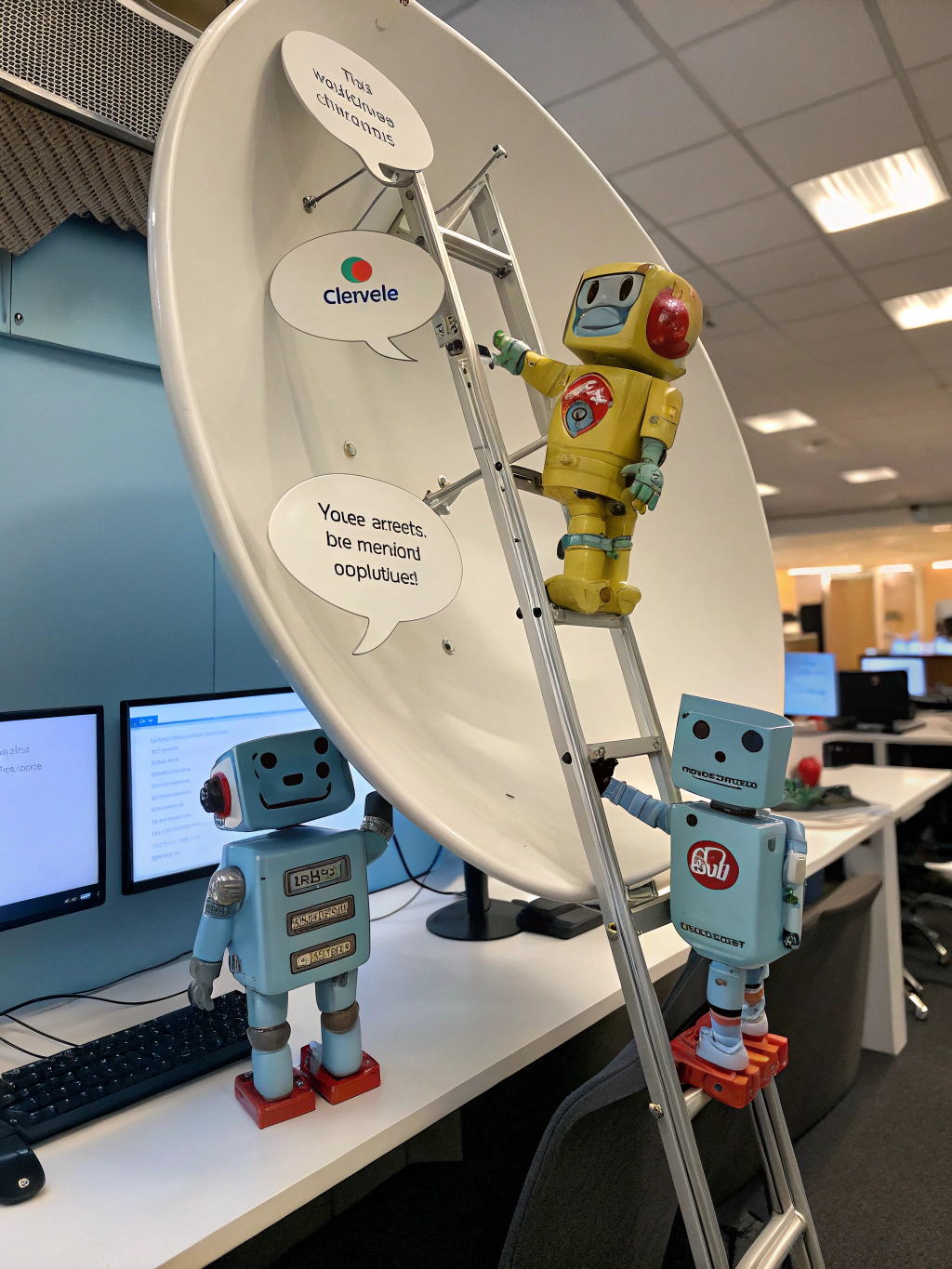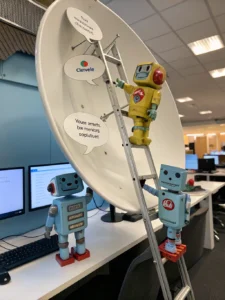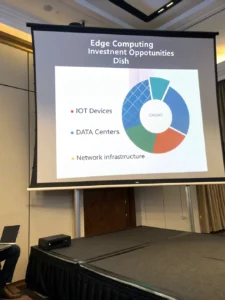Elevate Customer Service: A Practical Guide to Implementing an AI Chatbot
The Future of Customer Service is Here: Mastering AI Customer Service Chatbot Implementation The world of customer service is undergoing a seismic shift, fueled by rapid advancements in artificial intelligence. Businesses are increasingly recognizing the need for efficient, scalable, and always-available support, which is driving the adoption of AI customer service chatbot implementation. This isn't just a tech trend; it's a fundamental change in how companies interact with their customers. From quick answers to complex troubleshooting, AI-powered chatbots are redefining customer experiences, and savvy businesses are reaping the rewards. This guide explores the landscape of AI customer service, dives into the benefits, the practical steps involved in chatbot integration, and touches upon the broader trends shaping the future of business. Why AI Customer Service Chatbots are Revolutionizing Business The rise of AI chatbots isn't just about cost savings—though those are significant. It's about delivering superior customer experiences in a world that demands instant gratification. Let's look at the key reasons why AI customer service chatbot implementation is becoming a top priority for businesses of all sizes: 24/7 Availability: Unlike human agents, chatbots work around the clock. Customers can get assistance anytime, anywhere, leading to increased satisfaction and reduced frustration. Instant Responses: No more waiting on hold! Chatbots provide immediate answers to common questions, resolving issues quickly and efficiently. Scalability: Chatbots can handle a high volume of inquiries simultaneously, eliminating bottlenecks and ensuring consistent service during peak hours. Cost Reduction: Automating routine tasks frees up human agents to focus on more complex issues, reducing labor costs. Personalized Experiences: Advanced AI leverages customer data to deliver personalized interactions, improving engagement and loyalty. This personalization often starts with seamless chatbot integration with CRM systems. Data Insights: Chatbots collect valuable data on customer interactions, providing insights into common pain points and areas for improvement. Navigating the Implementation: A Step-by-Step Guide Implementing an AI customer service chatbot can seem daunting, but breaking it down into manageable steps makes the process smoother. Here's a comprehensive guide: 1. Define Your Goals:Clearly outline what you want to achieve with your chatbot. Are you aiming to reduce support ticket volume, improve customer satisfaction, or generate leads? Specific goals will guide your chatbot's development. 2. Choose the Right Platform:Several platforms offer AI chatbot building tools, each with different features and pricing. Consider factors like ease of use, integration capabilities, and AI capabilities. Popular options include platforms like Dialogflow (Google Cloud), Microsoft Bot Framework, and Amazon Lex. Evaluate the ease of chatbot integration with your existing systems. 3. Design the Conversation Flow:Map out the typical customer journeys and design the chatbot's conversation flow to address common queries. Use tools to create visual flowcharts and scripts. Pay careful attention to natural language processing (NLP) to ensure accurate understanding of customer requests. 4. Train Your Chatbot:The effectiveness of your chatbot depends on the quality of its training data. Provide a comprehensive knowledge base with frequently asked questions and detailed answers. Continuously monitor and refine the chatbot's responses based on customer interactions. 5. Integrate with Existing Systems:Seamless chatbot integration with your CRM, helpdesk software, and other business systems is crucial. This allows the chatbot to access customer data and provide personalized support. Many platforms offer pre-built integrations or APIs for custom connections. 6. Test and Iterate:Thoroughly test the chatbot before launching it to ensure it's functioning correctly and providing accurate information. Gather user feedback and continuously iterate on the chatbot's design and functionality. Beyond Basic Support: Advanced AI Capabilities Modern AI chatbots are far more sophisticated than simple rule-based systems. They leverage machine learning and natural language processing (NLP) to understand customer intent and provide highly personalized responses. Here are some advanced capabilities to consider: Sentiment Analysis: Detect customer emotions (e.g., frustration, anger) and adjust responses accordingly. Personalized Recommendations: Offer products or services based on customer history and preferences. Proactive Support: Initiate conversations with customers based on their behavior on your website or app. Hand-off to Human Agents: Seamlessly transfer complex issues to human agents when necessary. Multilingual Support: Offer support in multiple languages to cater to a global customer base. Voice Integration: Provide voice-based customer support. This often involves careful chatbot integration with voice platforms. The Future Landscape: AI, Crypto, and Alternative Investments The evolution of AI isn't confined to customer service. It's impacting virtually every industry, including finance. Here's how these areas are converging: AI & Crypto Markets: AI algorithms are being used for cryptocurrency trading, risk management, and fraud detection. These algorithms analyze vast amounts of data to identify patterns and predict market movements. This is a rapidly developing area, and it's crucial for investors to understand the potential risks and rewards. AI Agents & Automation in Stock Investments: AI-powered investment tools are automating tasks like portfolio management, stock selection, and trade execution. These agents can personalize investment strategies based on individual goals and risk tolerance. Automating these tasks allows investors to focus on larger strategic decisions, and improved efficiency. Alternative Investment Strategies: AI is being used to analyze alternative investment opportunities such as private equity, real estate, and art. Machine learning models can assess risk, identify potential returns, and automate due diligence processes. Feature Rule-Based Chatbots AI-Powered Chatbots Understanding Limited Advanced (NLP) Learning None Continuous Improvement Personalization Basic Highly Personalized Scalability Limited Highly Scalable Complexity Simple Complex Cost Lower Higher Initial Cost Conclusion: Embracing the AI-Powered Future AI customer service chatbot implementation is no longer a luxury; it's a necessity for businesses that want to thrive in today's competitive landscape. By embracing AI-powered solutions, you can enhance customer satisfaction, reduce costs, and gain valuable insights into your business. The integration of AI into customer service is just the beginning – the future holds even more exciting possibilities. What are your thoughts on AI chatbots? Share your experiences and ideas in the comments below! And don't forget to explore our in-depth AI chatbot guide for more information. Feel free to share this article with your network to spread awareness about the transformative power of AI.
Share this content:














Post Comment